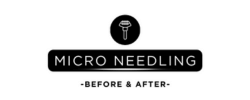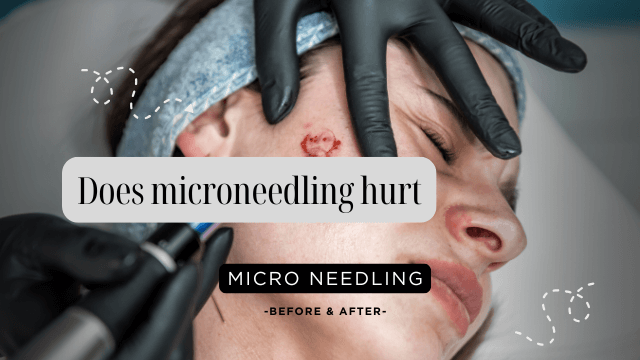Let’s face it – we all want glowing, rejuvenated skin, but the big question on everyone’s mind when considering microneedling is: does it hurt? As someone who’s both experienced and researched various forms of microneedling, I’m here to give you the honest truth about what to expect pain-wise when tiny needles meet your skin.
The Truth About Microneedling Pain
The short answer is yes, microneedling can cause some discomfort – but it’s probably not as bad as you’re imagining. The sensation varies depending on several factors including the type of microneedling procedure (traditional, RF, or PRP), the area being treated, and your personal pain tolerance.
When I first tried traditional microneedling with a dermatologist, I’d describe the feeling as a prickly, warm sensation rather than sharp pain. Most clients compare it to light sandpaper being moved across the skin. The forehead, scalp, and areas around the nose tend to be more sensitive than cheeks or chin.
Pain Differences: Traditional vs. RF vs. PRP Microneedling
Understanding the pain variations between different types of microneedling can help set proper expectations:
Traditional Microneedling: This involves a microneedle roller or pen creating tiny punctures in your skin. Most providers apply a topical numbing cream 30 minutes before the procedure, which significantly reduces discomfort. On a scale of 1-10, most of my clients rate it around a 3-4 when properly numbed.
RF Microneedling: Radio-frequency microneedling combines traditional needling with heat energy, which can slightly increase discomfort. The heat sensation is unique – a warm buzzing feeling beneath the skin. However, the numbing cream works equally well here, and the additional discomfort is minimal compared to the enhanced results.
PRP Microneedling: When platelet-rich plasma is added to the mix, the actual needling pain remains similar, but you’ll experience the additional step of having blood drawn for PRP extraction. The application of PRP afterward typically feels soothing rather than painful.
Special Considerations for Sensitive Areas
Thinking about microneedling in more sensitive regions like the bikini area? Yes, it can be done (often for stretch marks or scarring), but expect increased sensitivity. I always recommend discussing pain management options with your provider if you’re treating sensitive areas.
What Influences Pain Level During Microneedling?
Several factors affect how uncomfortable your treatment might be:
- Needle Depth: Deeper penetration (often used for scarring) naturally causes more sensation
- Your Pain Tolerance: Everyone’s threshold is different
- Skin Sensitivity: Those with sensitive skin conditions may experience more discomfort
- Provider Experience: A skilled esthetician or dermatologist can make a world of difference
- Pre-treatment Preparation: Proper numbing protocol is essential
State Regulations and Pain Management
It’s worth noting that esthetician microneedling regulations vary by state, which can affect the depth of needling allowed and pain management options available. In some states, deeper microneedling procedures must be performed by medical professionals, while estheticians are limited to more superficial treatments.
Before booking, I always recommend checking microneedling state laws to understand who can legally perform your procedure and what pain management they can provide.
Post-Procedure Discomfort
After your session, you might experience:
- Redness similar to a moderate sunburn
- Tight, warm skin
- Mild swelling
- Occasional tiny whiteheads after microneedling (don’t pick!)
This typically subsides within 24-72 hours. Following proper microneedling aftercare instructions dramatically improves comfort during recovery.
My Personal Pain Management Tips
As someone who’s been through the process, here are my top tips for minimizing discomfort:
- Don’t skip the numbing cream and ensure it has adequate time to work
- Communicate with your provider if you’re experiencing too much pain
- Take a pain reliever (like acetaminophen) 30 minutes before your appointment if approved by your provider
- Avoid caffeine before your appointment as it can increase sensitivity
- Practice deep breathing during treatment
- Consider starting with a less aggressive treatment like a gentler microneedle roller before working up to professional-depth treatments
Is It Worth It?
Despite the temporary discomfort, the benefits of microneedling – whether traditional, RF, or combined with PRP or newer options like PRF and light therapy – are usually well worth it. The collagen induction, improved skin texture, reduced scarring, and overall rejuvenation provide lasting results that most clients find justify the brief discomfort.
When I weigh the temporary sensation against the glowing, youthful skin I achieve afterward, there’s really no contest. And remember – that first treatment is always the most intimidating. Once you know what to expect, subsequent sessions typically feel much more manageable!

